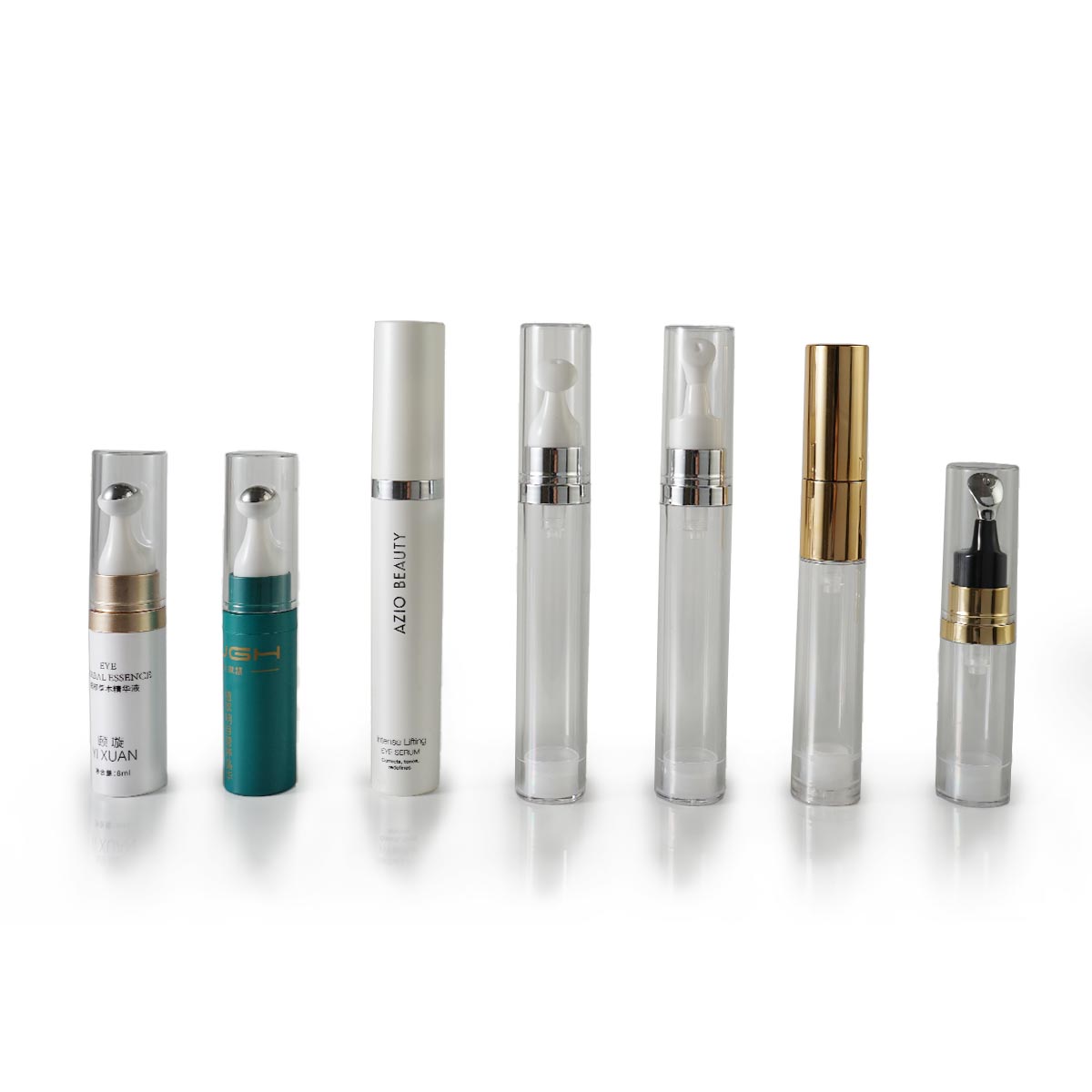
Introduction
As environmental sustainability becomes increasingly critical in the cosmetics industry, this post explores the innovative use of advanced bioplastics in eye cream packaging, highlighting their benefits and the push towards greener alternatives.
The Sustainability Imperative
The shift toward sustainable packaging solutions is driven by:
- Consumer Demand: Growing consumer preference for eco-friendly products.
- Environmental Impact: The need to reduce the ecological footprint of traditional packaging materials.
Understanding Bioplastics
Bioplastics offer a promising alternative to conventional plastics:
- Definition: Bioplastics are derived from renewable resources and may be biodegradable or compostable.
- Advantages: They reduce reliance on fossil fuels and offer improved end-of-life options.
- Properties: Many bioplastics are biodegradable, offering an advantage in waste management.
Advancements in Bioplastic Technology
Recent innovations in bioplastics include:
- Durability and Performance: Enhanced mechanical properties make bioplastics competitive with traditional plastics.
- Barrier Properties: Advances have improved their ability to protect products from moisture and oxygen.
- Versatility: Expanded applications and processing technologies have broadened their use in packaging.
Bioplastics for Eye Cream Packaging
Using advanced bioplastics for eye cream packaging provides:
- Environmental Benefits: Significantly reduces waste and the product’s carbon footprint.
- Consumer Appeal: Aligns with the increasing demand for sustainable products.
- Operational Efficiencies: Potential for cost savings in production and disposal.
Material Selection and Customization
Several bioplastics are suitable for eye cream packaging:
- PLA (Polylactic Acid): Popular for its clarity and rigidity, similar to conventional plastic.
- PHA (Polyhydroxyalkanoates): Noted for its biodegradability and strength.
- Cellulose-Based Bioplastics: Stand out for their aesthetic and functional properties.
- Customization: Bioplastics offer flexibility in branding and design customization.
Regulatory Landscape and Certifications
Navigating the regulatory environment is crucial for bioplastic packaging:
- Waste Management Regulations: Compliance with local and international standards is necessary.
- Sustainability Certifications: Certifications like Cradle to Cradle or ASTM D6400 validate environmental claims.
- Transparency: Accurate representation of biodegradability and source materials is essential for consumer trust.
Case Studies: Successful Bioplastic Packaging Implementations
Examples of successful bioplastic implementations include:
- Innovative Designs: Brands that have transitioned to bioplastic packaging to enhance sustainability.
- Brand Impact: Positive effects on brand image and consumer loyalty due to sustainable practices.
- Commercial Success: Discussion on the scalability and market reception of bioplastic packaging solutions.
Challenges and Considerations
Challenges associated with bioplastics include:
- Material Supply: Ensuring a consistent and high-quality supply of bioplastics can be challenging.
- Product Integrity: Balancing the properties of bioplastics with the functional demands of cosmetic packaging.
- Cost-Effectiveness: While initially more expensive, economies of scale and improved technologies can reduce costs over time.
Conclusion
Advanced bioplastics represent a significant step forward in sustainable packaging for eye creams, aligning with both environmental goals and consumer expectations. Eye cream brands are encouraged to invest in bioplastic solutions to not only enhance their market competitiveness but also contribute to a more sustainable future.
Explore our sustainable bioplastic packaging options here.
As the industry moves towards a more environmentally conscious approach, embracing bioplastics can help brands stand out and meet the evolving preferences of today's eco-aware consumers.











